tender danger | opre rroma | psychologist | community catalyst | writer
Don't wanna be here? Send us removal request.
Text
Another fMRI study found that those high on the HSP scale were higher in empathy. Highly sensitive people had a greater reaction to photos of both happy and sad faces, compared with neutral faces, and to photos of a spouse’s happy or sad facial expressions, compared with strangers with the same expressions. Of special note: increased activation could be found not in brain regions associated with specific or pure emotion but rather in sensorimotor areas with mirror neurons, associated with empathy (for instance, the ventral medial prefrontal cortex and the precuneus).
Similarly, in several studies, highly sensitive adults exposed to video clips selected to induce positive, negative and mixed emotions reported stronger emotions and a broader range of emotions compared with those with lower sensitivity. What’s more, the highly sensitive had faster responses to emotional faces but not to neutral ones.
This makes sense in light of the most important aspect of sensory processing sensitivity, underlying all the others – depth of processing.
Elaine Aron, The highly sensitive person
#psychology#writing#writers#mental health#hsp#senstivity#mental health awareness#mental health matters#lit#emotions#emotional wellness#coping strategies
4 notes
·
View notes
Text
Hell Loops of Chronic Depression
Quite like in a tent of mirrors at a carnival, your self image shifts and transforms depending on the kind of mirror in which you see yourself. If my mirror was a dismissive spouse, the image shrunk, became bloodless and meager to fit his fantasies. If the mirror was a casteist boss, the image flattened itself and learned to be quiet, submissive and servile. If the mirror was an abusive stepfather, the image tried to obliterate itself until it could no more and then, swelled up into Medusa’s head. As they say, you can’t reach the unconscious by denying the serpents that guard it. In each, didn’t the mirror establish the face?
7 notes
·
View notes
Text
Hell Loops of Chronic Depression
Quite like in a tent of mirrors at a carnival, your self image shifts and transforms depending on the kind of mirror in which you see yourself. If my mirror was a dismissive spouse, the image shrunk, became bloodless and meager to fit his fantasies. If the mirror was a casteist boss, the image flattened itself and learned to be quiet, submissive and servile. If the mirror was an abusive stepfather, the image tried to obliterate itself until it could no more and then, swelled up into Medusa’s head. As they say, you can’t reach the unconscious by denying the serpents that guard it. In each, didn’t the mirror establish the face?
#writing#scherezade siobhan#depression#mentalhealth#self acceptance#lit#quotes#recovery#depression awareness#mental health matters#journal#diary#esssay#non fiction#writers of tumblr#tumblr writing#tumblr writing community
7 notes
·
View notes
Text

let me (re) introduce myself.
7 notes
·
View notes
Link
A wonderful review of my book "That Beautiful Elsewhere".
#BookReview: “That Beautiful Elsewhere: Journeys in Mental Health,” a departure from her previous works, stands as a testament to Siobhan’s capacity for reinvention and her ability to tackle a volatile subject like mental health with courage and self-belief.
#scherezade siobhan#books#depression diary#mental health#writers#writing#writers of tumblr#writing community
6 notes
·
View notes
Text
“in this moment he folds her within him harbours her hells, her skulking disasters. this, he repeats, is togetherness..."
Scherezade Siobhan in the book: "Father, Husband".
12 notes
·
View notes
Text
The language of pain, stretching back to antiquity, conflated the emotional and the physical. The overlap of grief, anguish, despair and sorrow with physical pain lies at the heart of vernacular expressions of suffering in Ancient Greek, Latin, Arabic, Urdu, Hindi and Chinese, as well as in English and other European languages. For thousands of years, the statement ‘I am in pain’ was an emotional as well as a physical claim. While this semantic overlap seems consistent, the precise conceptualisation has varied enormously, from ὀδύvη (odúnē, Ancient Greek) to dolor (Latin), to wajaʿ (Arabic), to dard (Farsi, Hindi and Urdu), to tòng (Chinese). Moreover, there is a rich history of the iconography of the ineffable: representations of pain that, while it could not be uttered, was nonetheless expressed. By documenting the historically situated processes of experiencing and expressing types of pain, it is possible to show both an enormous variety while insisting upon a long history of the braiding of the emotional and the physical. This has the effect, in turn, of implicitly de-naturalising and situating present-day experiences of pain and of disrupting two centuries of modern medical expertise.
Rob Boddice, The Politics of Pain
#pain#writing#essays#words#science#philosophy#literature#achilles#greek philosophy#greeks#ancient#non fiction#nonfiction#prose
42 notes
·
View notes
Photo


Photographer: Dirk Skiba
34 notes
·
View notes
Text
now that twitter is dying, who is back in this hellscape?
and also hi!
*waves*
16 notes
·
View notes
Text
Organising a poetry reading in Scotland next month. Scottish poets/writers based in Stirling, Edinburgh and Glasgow please drop me a message. We want a fun, lively and all-encompassing evening!
Also, drop me a message anyway if you are in and around Edinburgh and do writerly things.
11 notes
·
View notes
Text
Monster” is derived from the Latin noun monstrum, “divine portent,” itself formed on the root of the verb monere, “to warn.” It came to refer to living things of anomalous shape or structure, or to fabulous creatures like the sphinx who were composed of strikingly incongruous parts, because the ancients considered the appearance of such beings to be a sign of some impending supernatural event. Monsters, like angels, functioned as messengers and heralds of the extraordinary. They served to announce impending revelation, saying, in effect, “Pay attention; something of profound importance is happening.
- Susan Stryker, My Words to Victor Frankenstein
169 notes
·
View notes
Text
Hello. Scotland folks, I am in your country. Say hi and show me around?
4 notes
·
View notes
Text
Hello. Scotland folks, I am in your country. Say hi and show me around?
4 notes
·
View notes
Quote
Yours: advocacy Mine: disobedience Yours: respectable curiosity Mine: material illiteracy Yours: self-care Mine: ego
Scherezade Siobhan, Cast(e)ing the dye (Published in Poetry At Sangam)
#poetry#poems#lit#writing#words#caste#race#critical theory#writers#quotes#book quote#poets#scherezade siobhan
27 notes
·
View notes
Text
“I'm not perfect. I'm unfulfilled.”
―Abdulrazak Gurnah, Admiring Silence
14 notes
·
View notes
Text

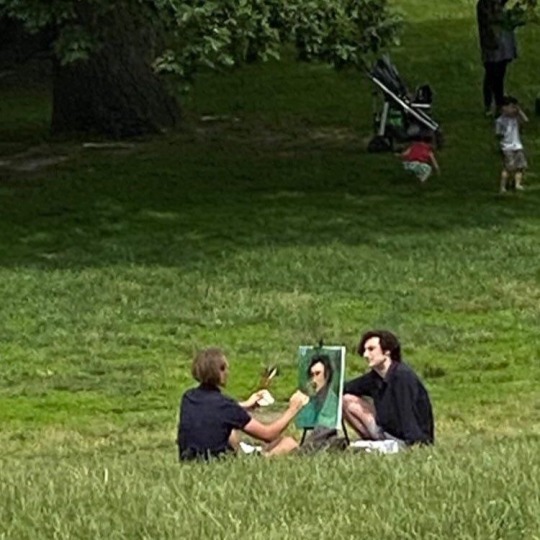

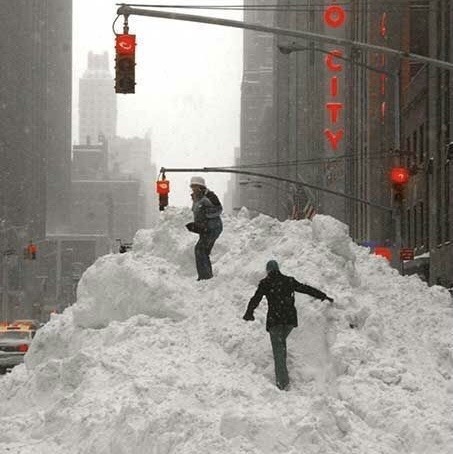
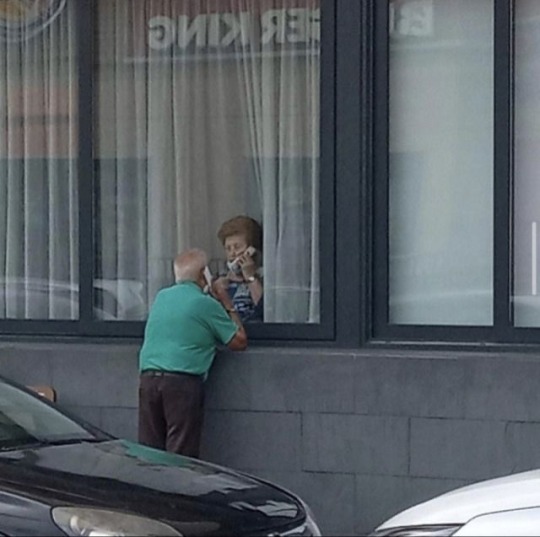

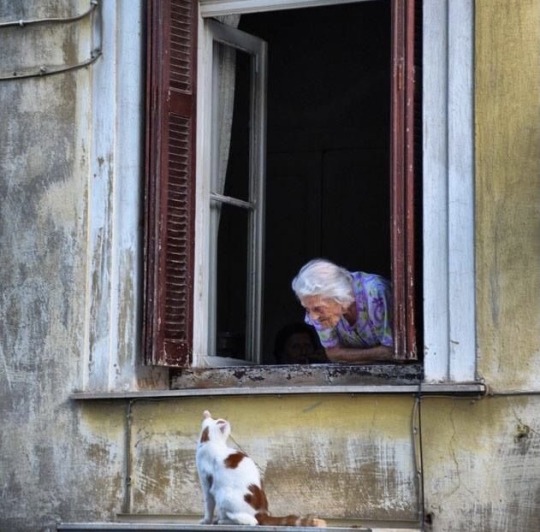
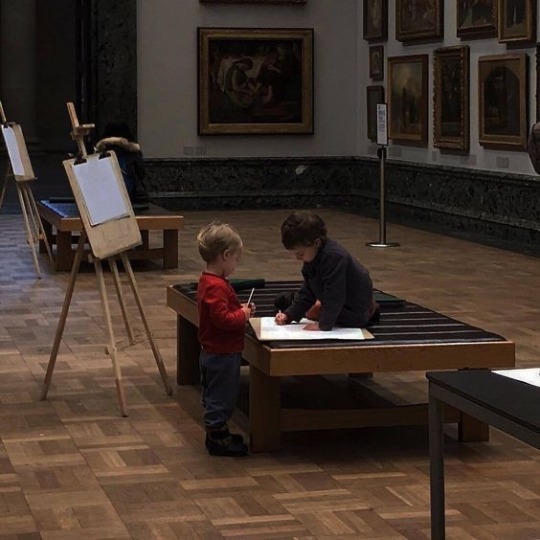
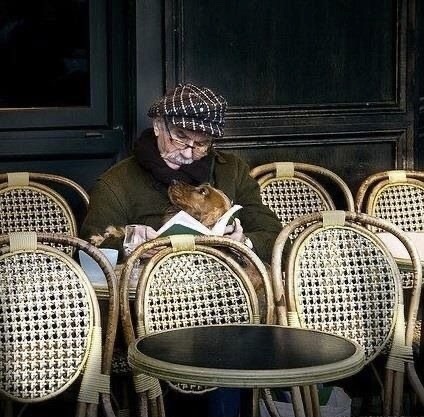
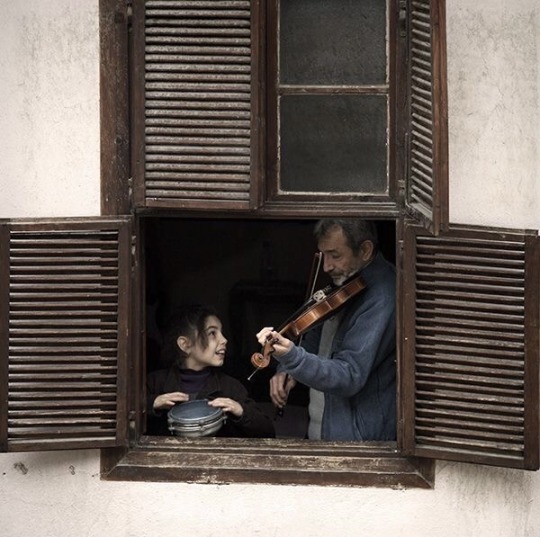
not all of it is bad i think….…. we are going to be okay i think.
217K notes
·
View notes
Text
“In social networks, the function of "friends" is primarily to heighten narcissism by granting attention, as consumers, to the ego exhibited as a commodity.”
―Byung-Chul Han, The Burnout Society
60 notes
·
View notes